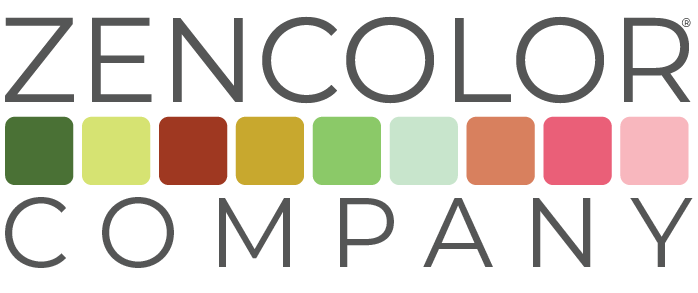Today’s fast-paced, interconnected world runs on real-time data. Considering color accounts for over 85% of the reason for all product purchases it makes you wonder why little, if any, meaningful hard data is collected about color, product, and consumer preference.
Part of the reason this data is so difficult to corral is that everyone sees and describes color differently. Ask yourself a simple question. What is green? The answer is not as obvious as it seems. Green is not a color, but rather a family of thousands of colors, some so similar that the difference cannot be perceived by the naked eye. Ask a million people to describe and name a green hue and you will probably get a million different answers. Trying to collect color data from millions of consumers that do not speak a common color language is factually impossible.
The team at zenColor studied the problem and concluded it could be best resolved by creating a method to translate millions of diverse vocabularies into one universal color language. That would require mathematically mapping the over 16.77 million coordinates in the sRGB color space, the native language for all digital monitors, and normalizing the area around the mapped points into an organized standard. After removing all of the redundancy, what remains is an expandable range of over 4,000 unique hues that organize the entire sRGB color space to create a universal digital color standard. The standard, zenColorCode® (ZCC), translates millions of diverse color names and color numbers into a unified and understandable global color language.
How does solving the “what is green” question actually help retailers?
Integrating a global color language into the product ecosystem from design inception makes digital color communication via email and text efficient, fast, and affordable. Cross-referencing internal color names and color numbers to a global platform translates millions of diverse languages into one common language for retailers, manufacturers, and consumers. The ability to cross-reference and identify precise color in inventory revolutionizes the way customers search for product online. More effective search translates to more sales and less returns. Introducing a universal digital color standard allows retailers to organize color, product, and personal preference in real time producing a new paradigm for data analytics, and data marketing that helps them to better service their retail customers.
Written by Dann Gershon
CEO, zenColor® Company
For more information about zenColorCode® (ZCC) please go to zenColor.com
